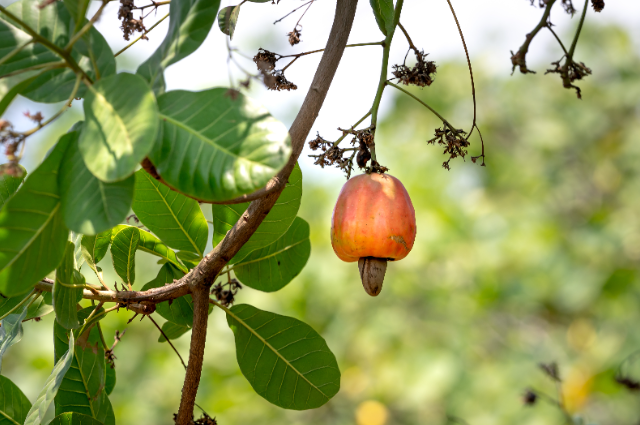
Last week, Goan Cashew (kernel) got the Geographical Indication (GI) tag.
The Chief Minister of Goa hailed the recognition as a milestone towards the 'Swayampurna Goa Mission.'
Goan Cashew has a long history and a great legacy can be preserved now with this GI Tag.
A GI Tag is conferred upon products originating from a specific geographical region signifying unique qualities. It serves for trade in the international market. It is given by the Geographical Indications Registry in Chennai.
This recognition shall help consumers distinguish between Goan Cashews and cashews sourced from outside the state.
The application for the Goan Cashew was filed by the Goa Cashew Manufactures Association (GCMA).
Derived from the Portuguese name 'caju' or 'kaju' in Konkani.
Now traders will not be able to use the cashew logo on the packets with registration. The patent of it will be ensured by the State Government.
Goan identity and cashew nuts have become synonymous with Goa. Tourists travelling in Goa from one place to another take it as a token of gift.
Sadly, the cashew market of Goa was captured by small traders who had usurped the Goan Cashew trade by illegally selling inferior varieties using the Goan Cashew label. They have also received from the tourists there. They have some different shopping centers from where they can purchase cashew nuts.
All this was affecting the 'brand of Goa'.
Traditional Goan Cashew producers have lost their market to other competitors in the markets from states like Maharashtra, Tamil Nadu, and Gujarat for sale. Processing units had dwindled drastically.
An ordinary consumer cannot tell the difference between Goan Cashew and Imported Cashew. The difference colour is marginal. The former tastes sweeter.
It is true that unless there are strict compliance norms, GI Tag would have no impact.
. . .
Reference:
- Indianexpress.com
